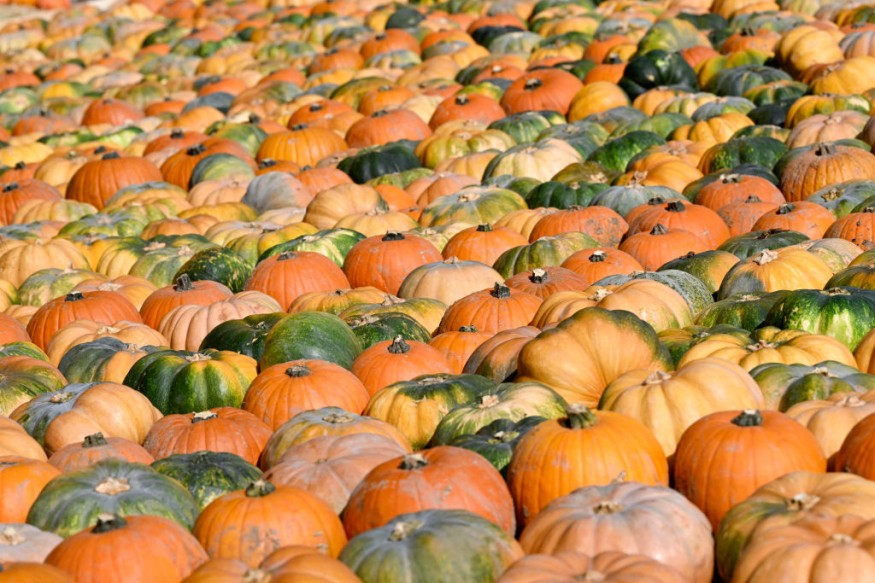November is popular for winter squash and pumpkins.
Winter squash and pumpkins are not only for the scary Halloween appearance, but they can be stored for months for the winter.
The harvest time is mostly from early to mid autumn, or October, and understanding the best harvesting practices is essential to save them.
Here are the best ways to harvest your winter squash and pumpkins and avoid waste.
Prepare Your Gardening Tools

Homeowners should have gardening tools when they begin to harvest. The garden knife or shears can be enough to harvest winter squash and pumpkins.
In addition, people should make sure the tools are clean and sanitized when they cut the stem. It should also be sharp. In cutting, a few inches (three to four inches) of stem is recommended when you cut.
Homeowners should not carry the fruit using the stems.
Look For The Signs Before Harvesting
According to experts, homeowners should carefully look for the pumpkins and squash before harvesting. They should check for blemishes or rotting parts. It is mainly harvested before the freezing conditions.
Here are the signs you should see to indicate a ready-to-harvest
- Using your fingernail, the squash should be hard when you scratch or press it. On the contrary, soft skin will show it is not ready to cut.
- The stem of the fruit will be tough. In addition, the vine is healthy and yellowing, which means you can harvest it.
- Staying updated with the fruit calendar from the day you planted it will help indicate its maturity.
Curing and Storing the Winter Squash and Pumpkins
Once everything is all set. Homeowners should put the fruits in a clean, warm, and ventilated place. With curing, it can help the fruits to heal from damage like cuts. It also assists them from excess moisture, making the fruits healthy and disease-free.
In curing, homeowners should leave the squash and pumpkins for about ten days at 80 to 85°F. Regular monitoring is also recommended to check for damages or diseases.
In storing the fruits, the recommended temperature is between 50 and 55°F. Frozen conditions can threaten health, causing it to deteriorate rapidly. The surface should be dry, and homeowners should watch for small animals.
It is also not recommended to put the squash and pumpkins alongside ripening apples or other fruits due to ethylene gas.
Why Are Squash and Pumpkins Healthy?
The color of pumpkins and squash is delicious. Research shows it is nutritious and healthy. It is nutrients, including rich in potassium, fiber, vitamin C, protein, fiber, carotenoids and magnesium. It can lower the risk of diabetes, cancer and heart disease.
Related Article : Pumpkins Season in October: 7 Important Health Benefits of Pumpkins
For more similar, don't forget to follow Nature World News.
© 2025 NatureWorldNews.com All rights reserved. Do not reproduce without permission.





